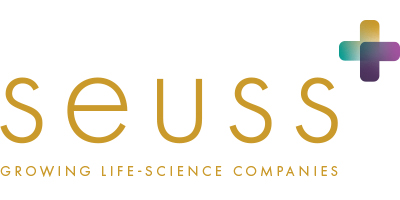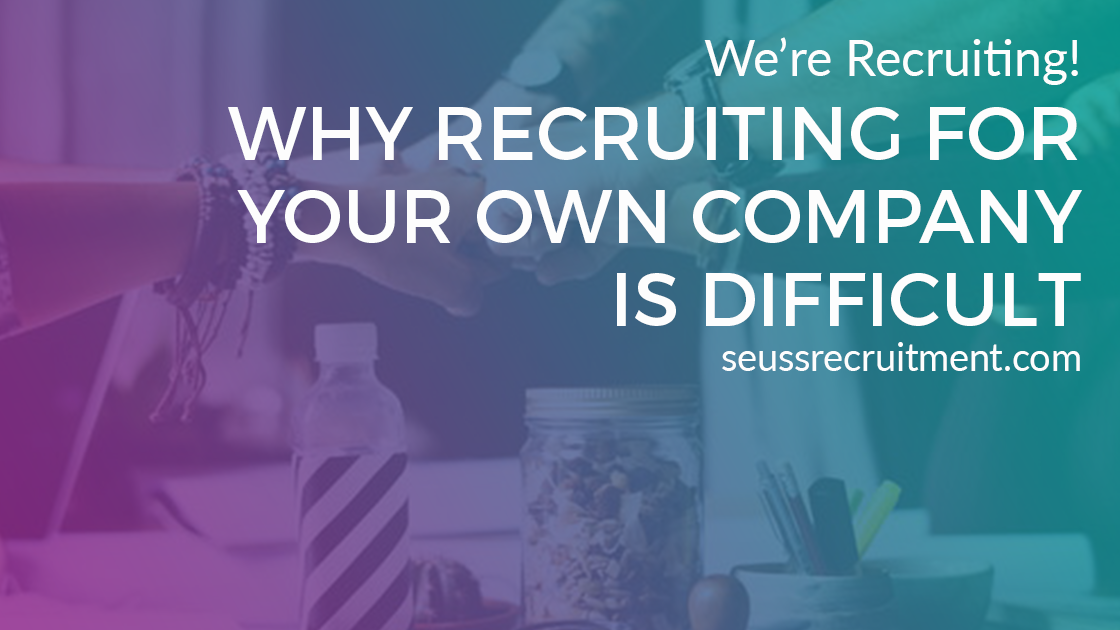Work Recovery: How to Prevent (and Recover from) Burnouts
Waking up in the morning can be a terrible experience for some of us. Regardless, for everyone some days are harder than others. On those days, each ring of your alarm feels more abrasive then the last. The journey to the office feels more cumbersome than usual. You finally make it to work only to be bombarded with yesterday’s paperwork. You stare at the documents, trying to make quick decisions and move on, but you are not as sharp as usual. It’s as if your proverbial gas tank is on empty. It’s as if you no longer have the mental resources to function optimally.
Does this sound familiar? If so, it might be time to talk to your managers. You might be in need of ‘work recovery’.


Work Demands versus Workload
What is work recovery, and how does implementing it lead you to do your best work but without leading to these negative side effects? To understand how recovery works, first we need to understand why it is needed.
Let’s start with a couple definitions to make sure we’re all on the same page in this discussion.
- “Work demands” are the tasks you do on the job and the standards set for these tasks.
- “Workload” is the amount of resources you need to invest to meet these work demands.
So, although the work demands might be (nearly) the same as for other members on your team, the perceived workload can differ between individuals (who might need/be inclined to invest more or less energy personally). Maybe you’re not getting the tools or support you need, or perhaps you are pushing for more perfection or facing other, more subtle challenges. The fast-evolving nature of the life-sciences industry means that our work demands are always changing as well.
The danger lies in the potential domino effect that can occur when the chance for recovery is not given. Without intervention, this can lead to a downward spiral toward inevitable burnout. You might experience more sick leave, lower (mental) performance, irritability, panic, depression, social withdrawal and just plain weariness. You’re definitely not getting the best out of yourself, and the longer this goes on the greater the risks can be.
What Recovering Looks Like
What does recovery mean? It means recuperating the (mental) resources that were burnt out during the period of over-workload. Without work demands being made. The goal is to find internal balance again, allowing yourself to tackle the next task with renewed energy and enthusiasm.
Most recovery is done off the job. This should include proper sleep, stress-releasing exercise, social interaction and support and, most of all, a temporary total break from your workload.
Recovery can be done on the job too. Educate yourself about ways to manage energy throughout the day. Try micro-breaks, turning regular grunt work into mini-games. Physical activities such as going outside for a walk in the fresh air have been proven a great way to take a break and reboot. Share ideas with co-workers to make workplaces more positive and productive.
Bringing ‘Work Recovery’ to work
Companies also have a part to play. Firstly, they should do their best to ensure that the right employees are matched to the right jobs from the start. (This might be where pharma-recruitment specialists come into play in in the life-sciences industry.) And although some jobs do cause more stress than others, and workloads do vary, it’s the company’s responsibility to try and make the work environment as great of an experience as they possibly can for the whole team to accommodate for the increased and variable levels of stress.
Again, the key is balance. As an employee, it’s important to be honest with your employer about your work activities and to ensure that you are managing expectations. Next its’ also critical to implement recovery time for yourself both at the workplace and after work too. Hopefully, if you and your company are doing this right, you read the first paragraph and say, “I love going to work!”
Researched and co-written by Work and Organizational Psychology consultant Bryant Jones.

 Should You Join a Biotech Start-Up?
Should You Join a Biotech Start-Up?
 Hire for Attitude, Train for Skill
Hire for Attitude, Train for Skill
 How to Find Out When Life-Science Job Candidates Are Lying
How to Find Out When Life-Science Job Candidates Are Lying
 Keeping it Real: How (and Why) to Be Authentic in Job Interviews
Keeping it Real: How (and Why) to Be Authentic in Job Interviews
 Why recruiting for your own company is difficult
Why recruiting for your own company is difficult